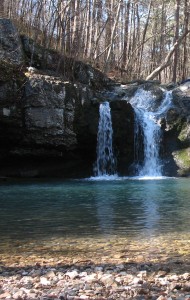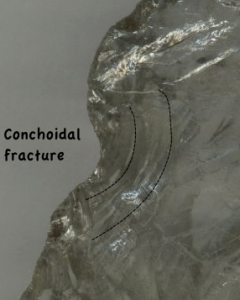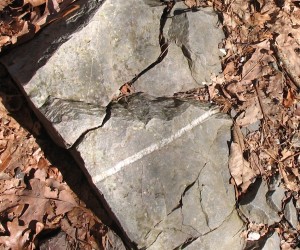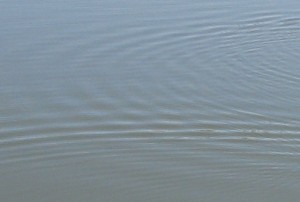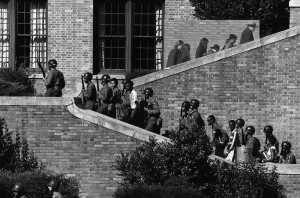
I have one student who intends to be president. He already has the date picked out. So the Clinton Library in Little Rock was a great stop on our immersion. It took a little coaxing to get him all the way through while some of the others, who were not as enthusiastic, waited patiently. I’m fairly sure he would have been happy to spent the entire day there.
The library is located on the Arkansas River. In fact, while it’s mostly built on the bluff overlooking the river, one side of juts out over the embankment, out over the flood plain. I suspect that if the river were to flood (which is perhaps unlikely with all the locks on the river), the supports for that wing of the building would be under water.
Inside the museum are displays about Bill Clinton’s eight years as president, a small theater with a video about Clinton’s life and some other odds and ends of the Clinton presidency (the limo, the replica oval office). The highlight was the replica of the cabinet room. Everyone enjoyed sitting at the table. After the initial rush for seats, it was discovered that they were all labeled for the different members of the cabinet, which was interesting enough as the all took at least a second to consider what their role might be if they were actually in the government.
There was also an exhibit with a number of Madeleine Albright’s pins, which she used to send messages to her diplomatic counterparts while she was the UN ambassador and as Secretary of State. You might not think that would particularly interesting to adolescents, but there were some spectacularly beautiful, jeweled insects that attracted the attention of some students, and an interesting RPG pin (from Pakistan) that attracted the attention of others.
Since we’d been doing museums and tours all day, everyone was tired by the time we’d finished the museum. It would be another hour before we got back to Lake Catherine so instead of just jumping into the van I offered them the chance to run around on the steep, grassy embankment, down into the floodplain. Instead they (mostly) opted to roll down. Fun was had by all.
The museum was a decent stop, worthy of an hour or two, but, with our current study of civil rights, and the age of our students, it could not match Central High.
